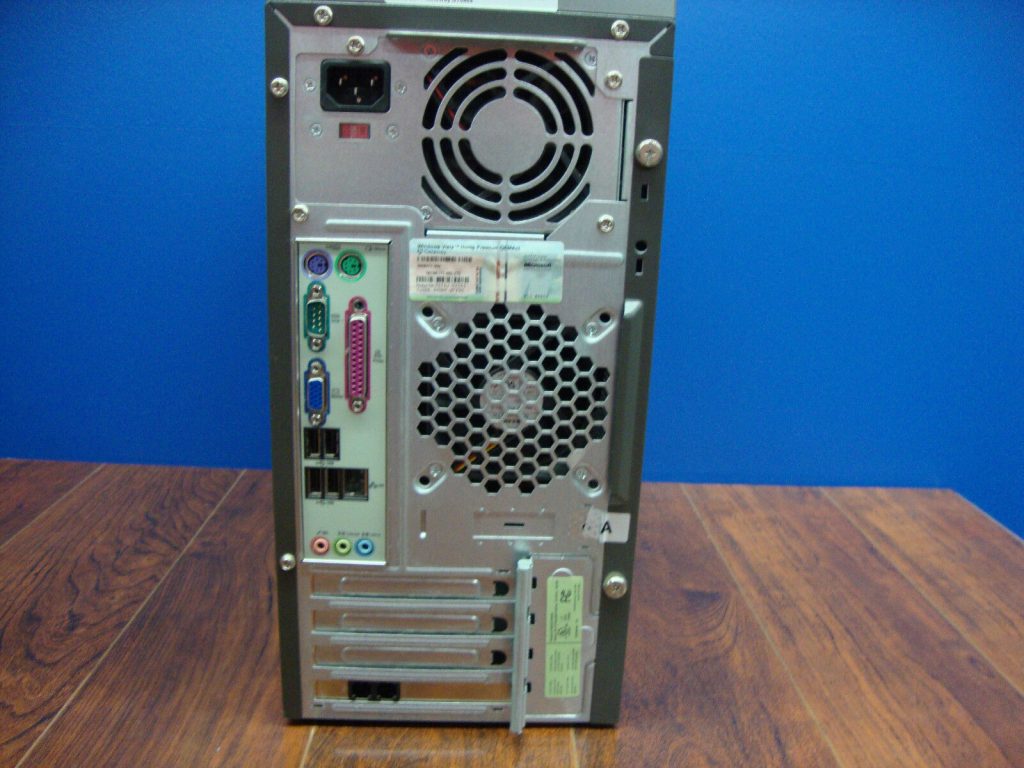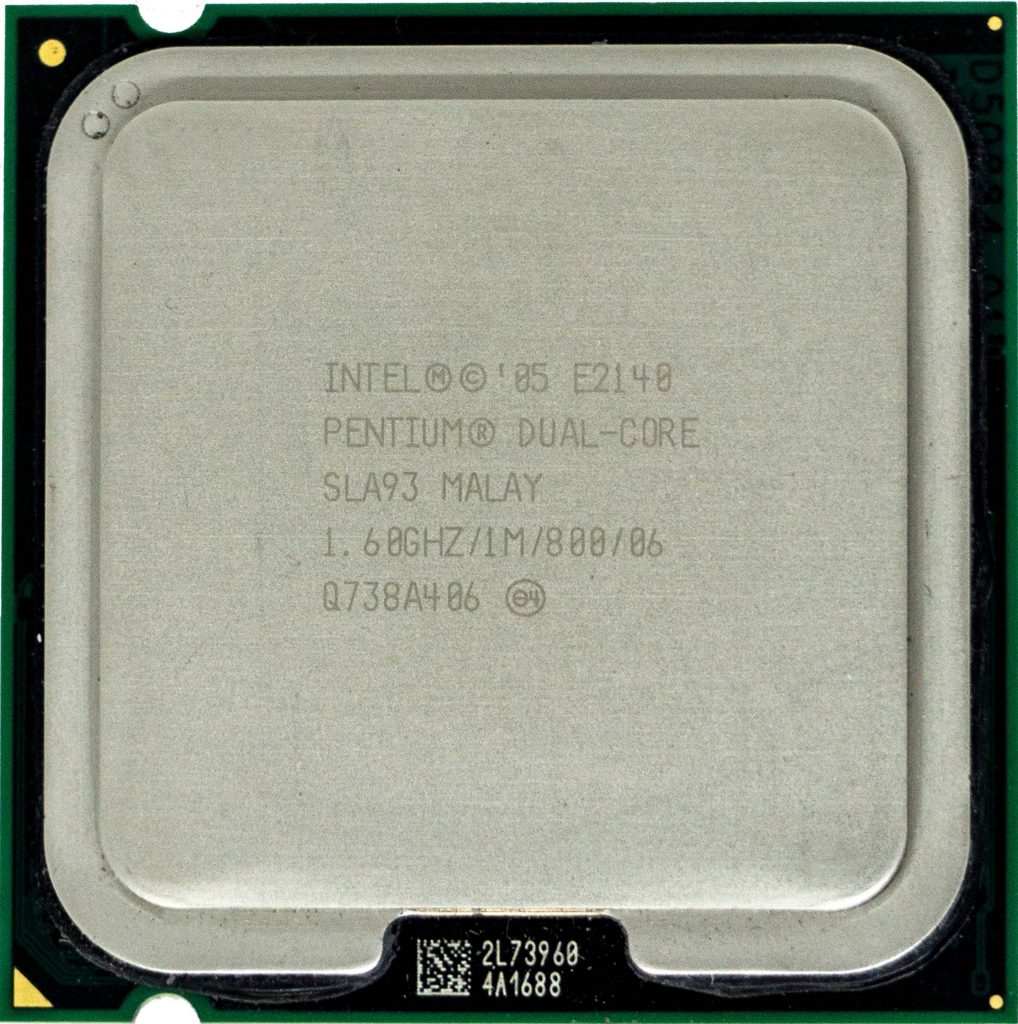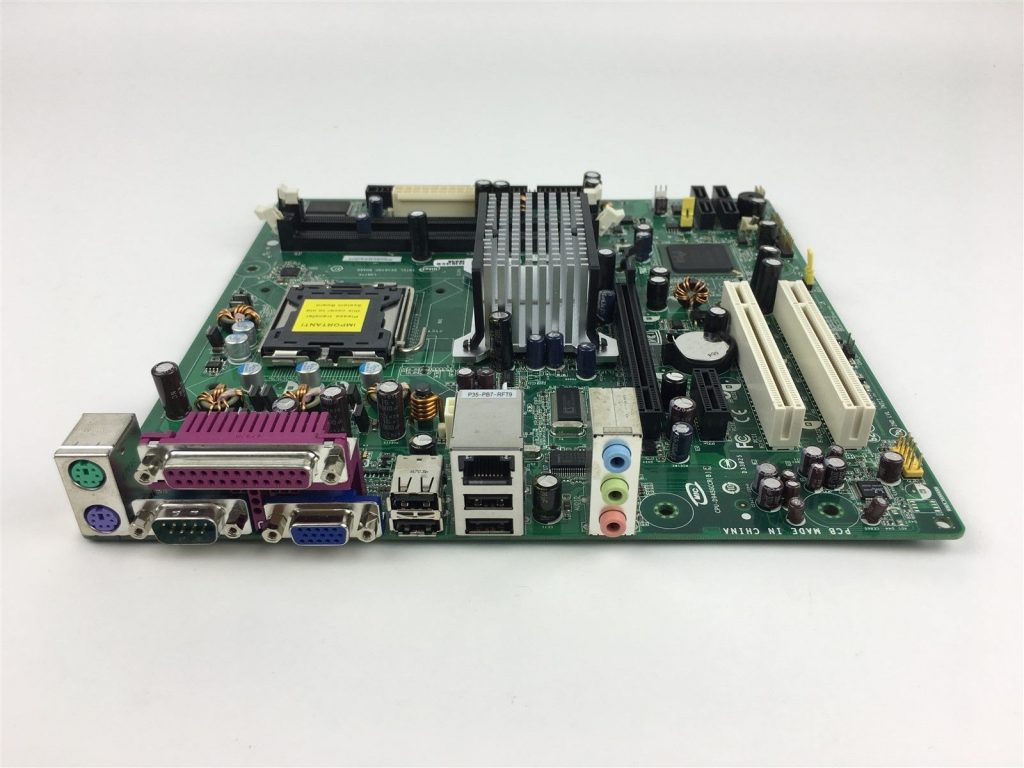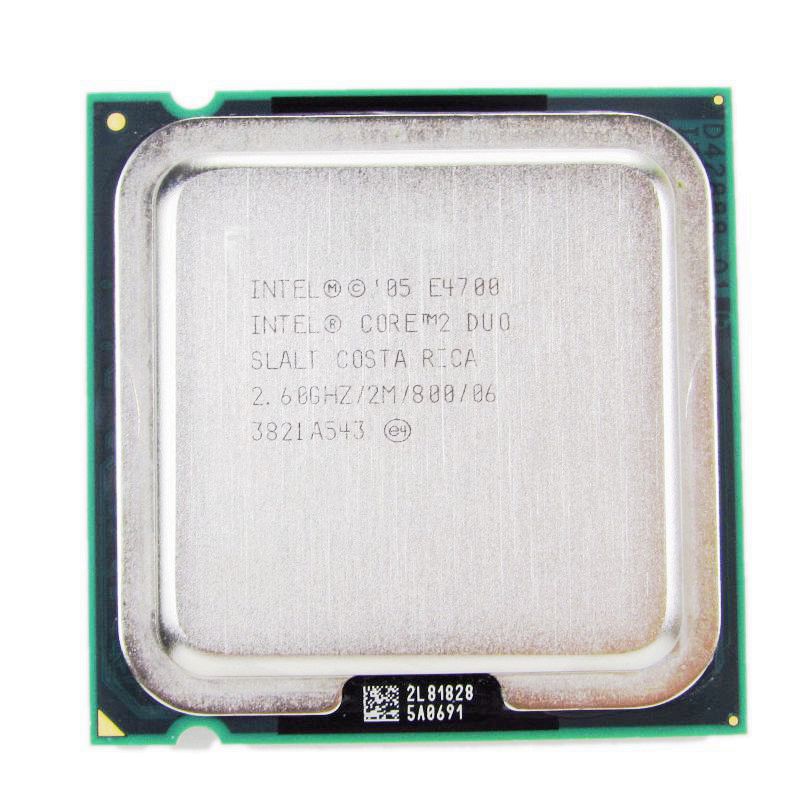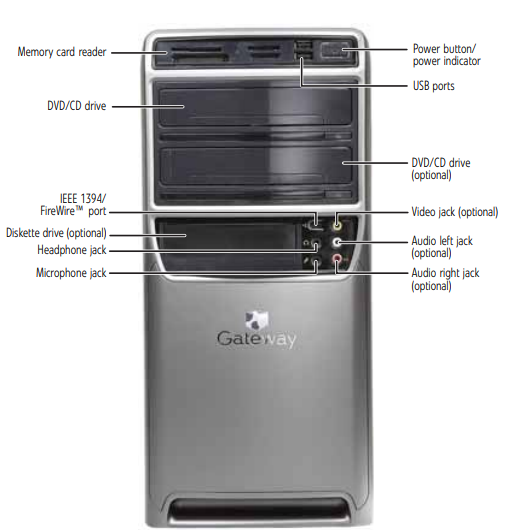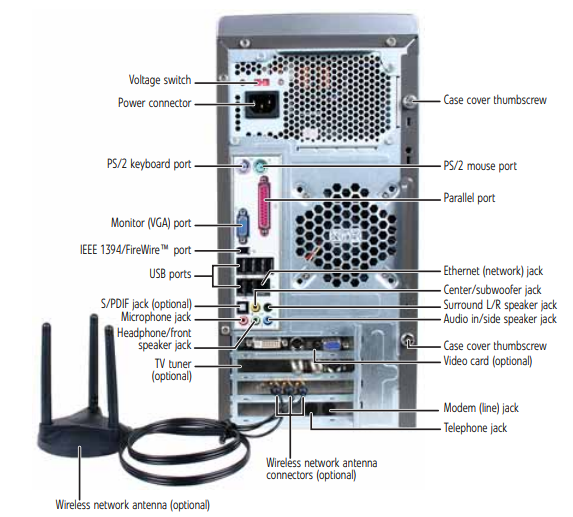
When looking at another Gateway laptop almost exactly like this one in appearance I pondered when exactly when Gateway’s quality started to decline. I think it may have been with Core 2 Duo era laptops. While previous Pentium M and Turion 64 laptops (nearly identical in construction) may have lost some of the excitement of earlier models, they at least seemed pretty solid and of decent quality. The Turion based laptop I’m looking at here, while it has an attractive silver and red design, it also has a flimsier feeling keyboard and buttons. Still, I would say it holds up better than Dell Inspiron models of similar age.

The Gateway M-1629 I am looking at here has the following features:
- CPU: AMD Turion 64 X2 TL-60 @ 2GHz
- Memory: 3 GB DDR2-666/PC2-5300
- Video: Radeon Xpress 1270M
- Screen: 1280×800
- Hard Drive: Western Digital ATA WDC WD3200BPVT-6 (320 GB)
- Optical Drive: Optiarc DVD RW AD-7560A
Check out the output of HardInfo for a more complete look at the hardware.

This is a lower-end laptop. The CPU is an AMD model which tended to be put in lower end machines because they were cheaper. However, this particular model is quite a bit faster than a similar Pentium (Core 2 Duo variant) laptop I looked at recently. Of course, the Pentium is typically clocked lower and has less cache than a Core 2 Duo. MHz for MHz a Core 2 Duo will be faster but also more expensive. The Turion 64 X2 is based on the K8 architecture so it is essentially the same thing as an Athlon 64 X2 only designed for laptops. The CPU is socketed so theoretically it could be upgraded to a TL-68 model running at 2.4GHz.

The video hardware is also low end. The Radeon Xpress 1270M is integrated with the chipset and shares system memory. I suppose it is technically a little better than the equivalent Intel solutions at the time but it hardly matters. Neither was sufficient for what would have been modern gaming at the time.

Vista was the version of Windows that shipped with this laptop. I’m not sure if it was the 32-bit or 64-bit version. It seems like the 32-bit version was typically included as the default install because 64-bit drivers were somewhat less available. Some users likely would have downgraded to Windows XP as well assuming drivers exist to support the hardware. Windows 7 and/or Windows 8 are probably the best choices for a Microsoft OS for this laptop. Any of those are fine for retro use but if you really plan to use it in a modern context then Linux would be the best choice.

With a low-ish end CPU and a video solution that is near the bottom of the barrel, this was definitely a laptop for bargain hunters. Still, having two cores and a 64-bit processor it is really still good enough to run a modern OS. The cap of 4GB of RAM is actually the biggest limitation. Windows 10 really does better with 8 GB, especially when the rest of your hardware is already low end. However, I’m running a modern version of Xubuntu and it does fine. Web browsing is problematic because modern web browsers are such memory hogs. However, if you stick to 1 or 2 tabs then it is usable, if not exactly snappy. For some reason Firefox, the default browser in Xubuntu, is extremely laggy and seems to constantly eat CPU cycles. Brave does quite a bit better and there are lighter browsers available.

It’s also still good enough to run BOINC and most projects, at least the ones I am most interested in. You can see how it is doing in Einstein@home, Asteroids@home, and Universe@home or see how it is doing overall at FreeDC.
The photo at the top and the specs image were taken from The Gateway Computers Wiki. The other images are from the user manual.

